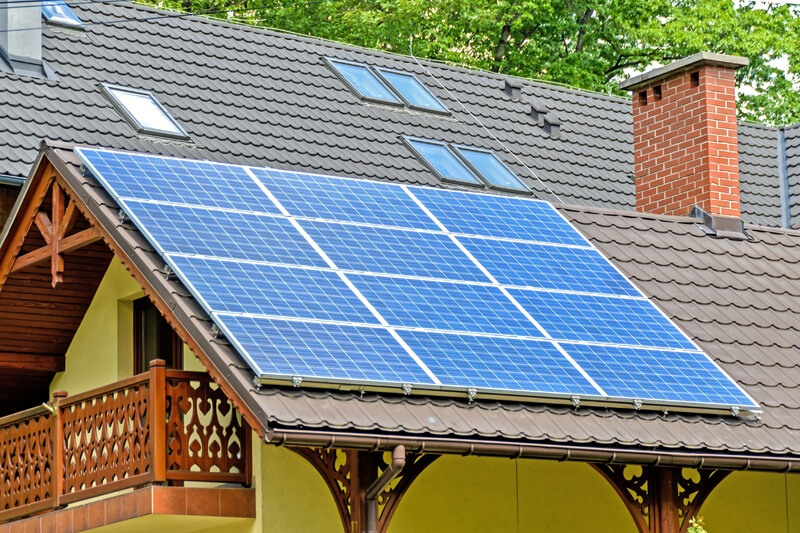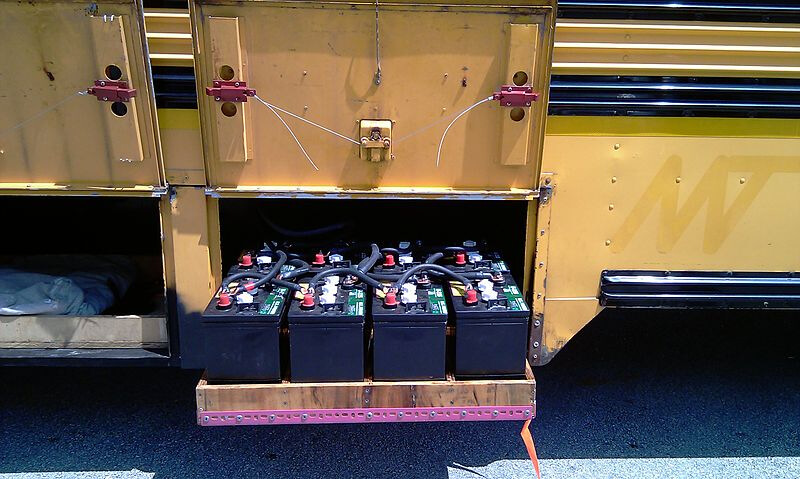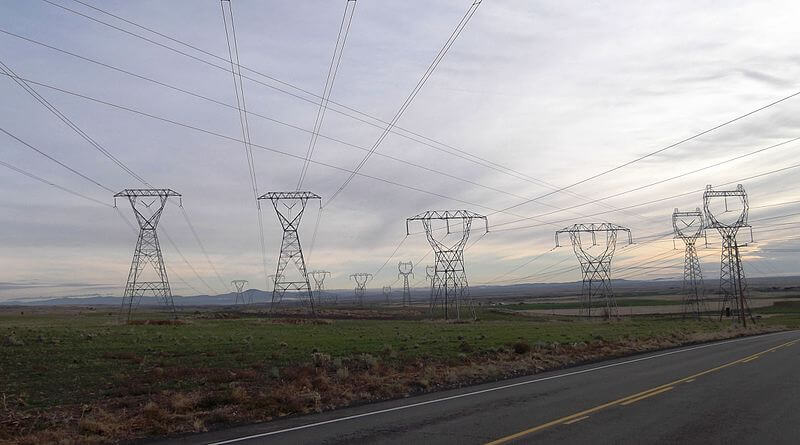Solar panels are an ingenious way of reducing expenses on energy bills. They are an eco-friendly, green alternative to conventional energy sources, and can help reduce your carbon footprint. In recent times, rooftop solar panels have become popular with all kinds of consumers, thanks to their easy availability and diminishing costs. However, a serious issue that many consumers face during the installation process relates to roofing problems. Many times, the roofs of the buildings are damaged or aging. As such, they are simply not strong enough to bear the burden of the new solar system.
In this article, we will discuss the challenges related to roofing during the installation of a solar PV system. We will also offer solutions to these problems. Going through this article thoroughly would reveal whether you should replace your roof before installing solar panels.
The Importance of Roof for a Solar PV System
While researching on solar panels, you get to know about different brands of solar panels, the components used in a solar PV system, etc. But very often, the research articles tend to overlook the question of roofing. However, your roof is one of the most essential components of your solar PV system.
This is because the roof of any building receives the maximum sunlight. Some homeowners might choose to install their solar panels on the ground, but that would require a lot of space. Certainly, most people would not like to waste the limited space available for the garden and the lawn around their house by setting up solar panels. As such, the roof of the house is the best place to install solar panels.
People often fail to realise that their roof is not simply a collection of tiles or shingles attached to the top of their house. Instead, it is a complex system that comprises the following things: Roof truss, decking, frame, water barrier, insulation, decking, shingles or tiles. The damage in any of these layers can weaken the structure of the entire roof, thus, making it unfit for installing solar panels. So, how do you know that your roof is not all okay? We shall discuss it in the next section.
Identifying Roof Damage
The following are some of the common types of roof damage:
1. Loose/broken tiles:
Loose or broken tiles is a kind of damage, which can be observed with the naked eye. You can use a ladder to visually inspect your roof and see if there are any loose or broken tiles or shingles.
2. Wear and tear of materials:
As your roof gets older, exposure to constant sunlight, rain, hail and snow will wear out many of its components, making it more fragile. Such damages include shingle granules, rust, and bare shingles.
3. Water damage:
Water damage is one of the biggest concerns for any roof. The moisture retained by the concrete can seriously affect the structural integrity of the roof. Water damage usually follows a broken component of any roof, such as worn out swalants, torn underlayments, etc.
4. Standing water:
If your roof does not have a proper angled design, rainwater logging will take place. Usually, roofs are designed to efficiently shunt water off its surface. Thus, if you notice standing water on your roof, it is an indication that there is something wrong.
5. Pictures and cracks:
Cracks and punctures are one of the most serious forms of rooftop damages, and if there are any visible cracks on your roof, you must get it repaired as soon as possible.
6. Structural damage:
Structural damages happen only on rare occasions, and they are prone to collapse. Therefore, issues of structural damages must be addressed immediately.
If you notice any of these things, there is a possibility that your roof requires repairs before you can install solar panels.
Importance of Roof’s Age
Even if there are no visible damages, it does not mean that your roof is fit for installation of solar panels. An important thing to factor in is the age of the roof. An old roof can be fragile and prone to damage. It might not be fit for the installation of solar panels. The factors that can impact the lifespan of your roof include its materials, the climatic conditions of your area, and how well you maintain it.
In the villages, particularly in areas which experience hot and dry weather conditions throughout the year, roofs made of clay tiles are common, and they can last for a very long period of time. They tend to have a lifespan of about 50 years. Slate and copper roofs can also last for nearly 50 years. Wooden shake roofs, on the other hand, tend to last for about 30 years, offering a slightly lesser lifespan than the clay tile roofs. And finally, we have the roofs made of cement shingles, which tend to last for more than 20 years, without much repairs. If there are noticeable damages on your roof and you have not fixed them over time, the lifespan of the roof may be cut short. Thus, it is important to undertake regular repair works.
It can be really dangerous to install solar panels on a roof which has gone past its lifespan. This is because worn-out components can make the tiles more vulnerable to cracking. The underlayment, too, becomes much more vulnerable to wear and tear. An old roof will not be able to support heavy solar panels. It will not hold up well to drilling, installing, or racking. Many older roofs were simply not designed to handle the heavy weight of solar panels.
Thus, before you contact a certified solar PV installer to install a solar PV system, make sure that your roof is not very old. Go through the house building plan carefully and talk to the installer about the specifications of your home roof. If your roof is nearing the end of its lifespan, it is advisable to get it properly repaired or replaced, before moving ahead with the installation of solar panels.
The Importance of Roof Repair/Replacement Before Getting Solar Panels Installed
It is true that repairing and especially, replacing the roof of your house is not an inexpensive thing to do. You will have to spend a huge chunk of money on buying and installing solar panels, and roof repairs will only add on to these costs. However, repairing or replacing the roof may be the right thing to do, even if it pushes costs up or delays installation of a solar PV system. The good thing is that today, due to a number of policies devised by governments and authorities at various levels, one gets a heavy amount of subsidy on installation of a solar PV system. In fact, banks, nowadays, offer loans for solar PV systems as a part of home improvement loans. Such initiatives can heavily reduce the burden on your pocket, and can leave you with enough incentives to undertake a repair of your rooftop before installing solar panels. The stronger and better the roof, the longer and more efficiently the solar panels can work.
If you decide to install solar panels on a fragile roof to cut costs, you will have to address a lot of problems in the future. You will have to remove your solar panels all over again, get your roof redone, and install them again. In this way, the costs are only going to escalate in the long run. Thus, paying for roof repairs before installing the panels, in the first place, will save you a lot of money and lots of headaches.
In addition, the roof of any building plays an important role in insulating the building. A poorly insulated roof, suffering wear and tear, can make the house extremely cold in the winters, and extremely hot in the summers. Thus, it will require you to use air conditioners and heaters more often, meaning that you cannot entirely depend on your solar PV system for meeting your household’s energy demand. A new roof can make your house energy efficient, and you can use smaller and more affordable solar panels to power your home.
Besides, a new roof will increase the appeal of your house and increase its value, which is very important if you are planning to sell your house in the future.
Conclusion
In this article, thus, we discussed the importance of getting your roof repaired or replaced before the installation of solar panels. We listed down all the important reasons for doing so and also, how you can identify roof damage in the first place. In our opinion, you should look for an installer which performs roof repair/replacement and solar PV installation at the same time. By contracting the two activities out to a single agency, you can actually bring down costs.
- 300 Watt Solar Panel Prices in India: 2023 - March 8, 2023
- 500 Watt Solar Panel Prices in India: 2023 - March 5, 2023
- Loom Solar Panel Price: 2023 - February 19, 2023



